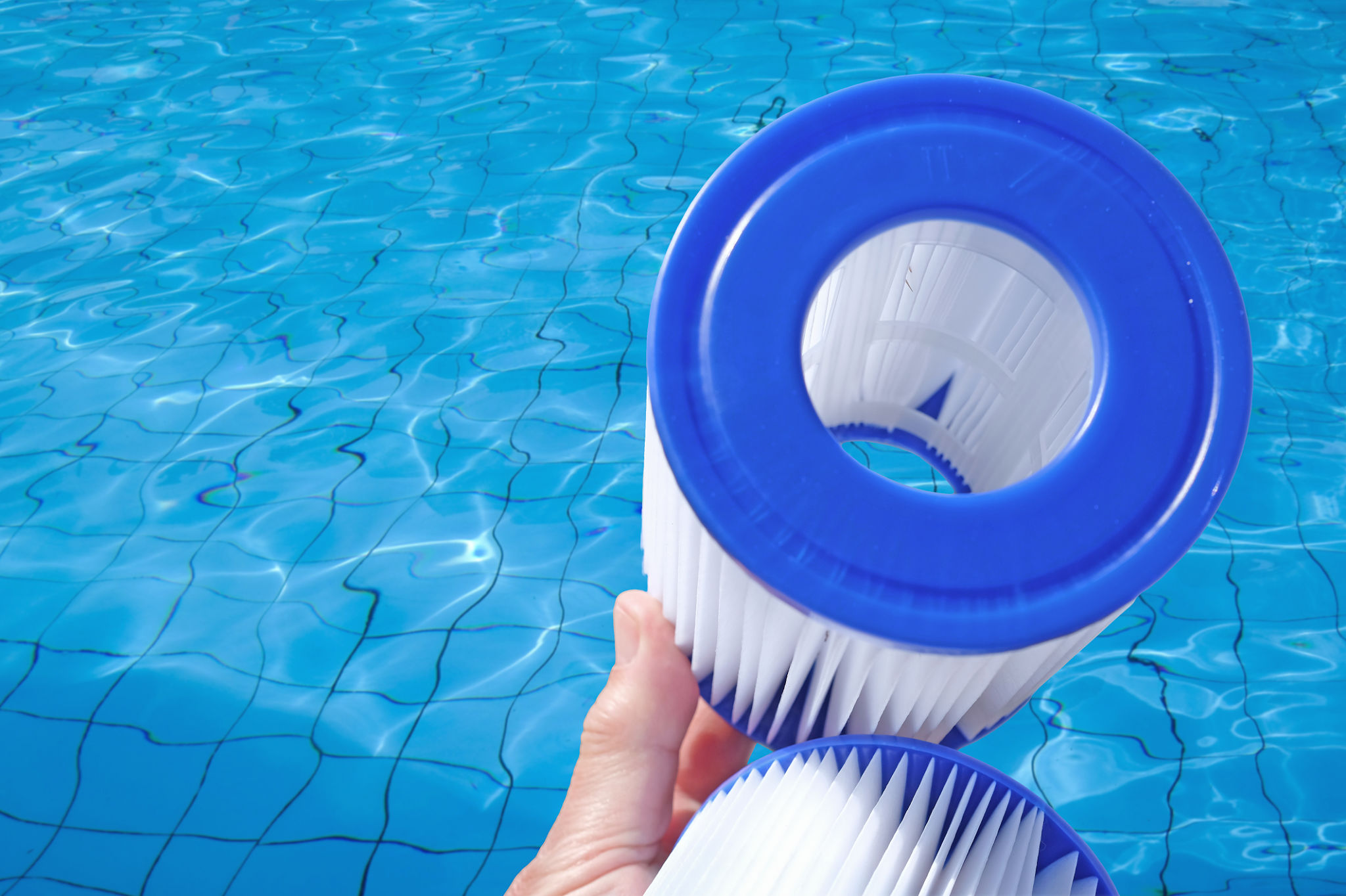Debunking Common Myths About Pool Replastering
Understanding Pool Replastering
Pool replastering is an essential maintenance task that many pool owners face over the years. Despite its importance, there are numerous myths that can mislead individuals about the process. It's crucial to separate fact from fiction to ensure your pool remains in top condition.

Myth 1: Replastering Only Improves Aesthetics
One of the most common misconceptions is that replastering is purely for aesthetic purposes. While a fresh plaster job certainly enhances the visual appeal of your pool, its primary function is to maintain the pool's structural integrity and prevent leaks. Over time, the plaster layer wears down, exposing the underlying concrete, which can lead to water seepage and further damage.
In addition to preventing leaks, replastering provides a smooth surface that is safer and more comfortable for swimmers. The new layer of plaster also helps maintain a balanced pH level, which is vital for the longevity of your pool.
Myth 2: Replastering Can Be Done by Any Handyman
Another common myth is that pool replastering can be handled by any handyman or DIY enthusiast. In reality, replastering is a specialized task that requires professional expertise. Skilled technicians use specific tools and techniques to ensure the plaster is applied evenly and adheres properly to the pool's surface.

Attempting to replaster a pool without the proper training can result in uneven surfaces, premature cracking, and other costly issues. Hiring experienced professionals not only guarantees quality workmanship but also extends the lifespan of your pool.
Myth 3: Replastering Is a One-Time Fix
Some pool owners believe that once their pool is replastered, they won't need to worry about it again. However, this isn't true. Pool plaster has a finite lifespan, typically lasting between 7 to 15 years depending on usage and maintenance. Regular care, including balancing chemicals and proper cleaning, can extend this lifespan but won't eliminate the need for future replastering.
Understanding that replastering is part of routine pool maintenance helps owners plan accordingly and budget for this necessary upkeep over the years.

Myth 4: All Plaster Materials Are the Same
Not all pool plaster materials are created equal. There are various types of plaster available, each with different properties and price points. Standard white plaster is the most common choice due to its affordability, but there are also premium options such as quartz and pebble finishes that offer enhanced durability and aesthetic appeal.
Choosing the right plaster material depends on your budget, desired look, and how you use your pool. Consulting with professionals can help you make an informed decision tailored to your specific needs.
Myth 5: Replastering Takes Weeks to Complete
Many pool owners worry that replastering will leave their pool out of commission for an extended period. While it's true that the process requires time and care, most replastering projects can be completed within a week, depending on weather conditions and the size of the pool.
Professionals work efficiently to minimize downtime while ensuring quality results. Proper planning and scheduling can further help in reducing inconvenience during the replastering process.
By debunking these myths, pool owners can approach replastering with a clearer understanding and realistic expectations. This ensures their pools remain safe, functional, and beautiful for years to come.
